Aquilegia canadensis ‘Pink Lanterns’
£6.45
A dwarf columbine with nodding, pastel-pink and white flowers above delicate foliage from May to July. Height and Spread 30cm. Full sun/part shade. Hardy.
Description
Aquilegia canadensis ‘Pink Lanterns’ is a charming dwarf columbine known for its pastel-pink and white nodding flowers. This beautiful perennial thrives in both full sun and partial shade, making it an ideal addition to your garden. Follow this comprehensive guide to ensure your Aquilegia canadensis ‘Pink Lanterns’ grows strong and blooms beautifully from May to July.
PLANTING and AFTERCARE GUIDE
Best Planting Time
- Spring: The best time to plant Aquilegia canadensis ‘Pink Lanterns’ is in spring, when the soil begins to warm. Planting at this time allows the roots to establish and supports strong growth for the upcoming blooming season.
- Autumn: Alternatively, you can plant your Aquilegia canadensis ‘Pink Lanterns’ in early autumn. This allows the plant to settle in before dormancy, resulting in better growth when the warmer months arrive.
Site Selection
- Sunlight: Aquilegia canadensis ‘Pink Lanterns’ thrives in partial shade but will also tolerate full sun, especially in cooler regions. For optimal growth and flowering, choose a spot with dappled sunlight or light morning sun with afternoon shade.
- Soil: Ensure well-drained, fertile soil for Aquilegia canadensis ‘Pink Lanterns’. This plant prefers soil enriched with organic matter like compost, which helps improve drainage and supports healthy growth.
Planting Instructions
- Prepare the Hole: Dig a hole that is twice as wide as the root ball and the same depth. This provides plenty of space for the roots to spread and establish.
- Soil Preparation: Mix compost into the soil to improve fertility and drainage. Aquilegia canadensis ‘Pink Lanterns’ grows best in soil that retains moisture without becoming waterlogged.
- Planting: Place the plant into the prepared hole, ensuring the crown of the plant is level with the surrounding soil. Gently backfill the hole and firm the soil to remove air pockets.
- Watering After Planting: Water thoroughly to settle the soil around the roots. Ensure the soil is well-draining to prevent waterlogged conditions.
Watering Requirements
- Growing Season: Keep the soil consistently moist but not soggy. Water Aquilegia canadensis ‘Pink Lanterns’ during dry spells, ensuring the soil does not dry out completely. Avoid overwatering, as this can lead to root rot.
- Dormant Season: Reduce watering during the dormant season, providing just enough moisture to keep the plant from drying out completely.
Feeding
- Spring: Apply a balanced, slow-release fertilizer in early spring to promote strong growth and vibrant blooms.
- Mid-Summer: A light feeding with a diluted liquid fertilizer in mid-summer can help extend the blooming period and maintain the plant’s vigor.
Pruning and Deadheading
- Deadheading: Regularly remove spent flowers to encourage further blooming and prevent the plant from self-seeding excessively.
- End-of-Season Care: Once the blooming period has finished in late summer, cut back the foliage to ground level. This will help Aquilegia canadensis ‘Pink Lanterns’ prepare for winter dormancy.
Mulching
- Spring: Apply a layer of mulch around the base of the plant to help retain moisture, regulate soil temperature, and suppress weeds. Organic mulches like bark chips or well-rotted compost are ideal.
- Winter: Add an additional layer of mulch in winter to protect the roots from frost and prevent temperature fluctuations that may harm the plant.
Supporting
Aquilegia canadensis ‘Pink Lanterns’ is generally compact and doesn’t need support. However, in particularly windy areas, consider using stakes to protect the plant and prevent damage.
Final Tips
Aquilegia canadensis ‘Pink Lanterns’ is a low-maintenance perennial that adds delicate beauty to any garden. It’s ideal for planting in partial shade or light sun, and it thrives in moist, well-drained soil. By following these care instructions, your Aquilegia will reward you with its stunning pastel flowers from May to July. Whether used in borders, containers, or woodland gardens, this beautiful columbine will enhance your outdoor space for years to come.
Additional information
| Pot Size | |
|---|---|
| Plant Botanical Type | Perennial (herbaceous) |
| Varigated Leaf | No |
| Scent | No |
| Blooms/foliage interest in | Spring, Summer |
| Evergreen | No |
| Hardiness | mild winter to – 5C |
| Container | Borders and Containers |
| Sun/shade | Full sun, Partial Shade |
| Soil Type | Loam (normal) |
| Soil PH | Neutral |
| Drainage | Well drained soil |
| Hazerdous | No |


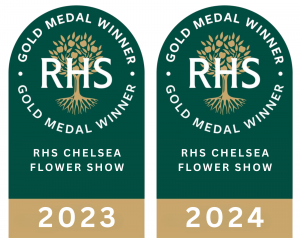
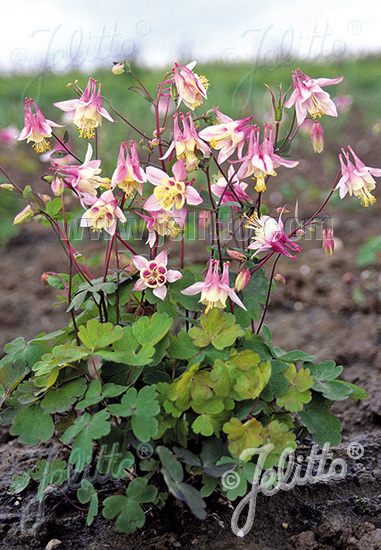
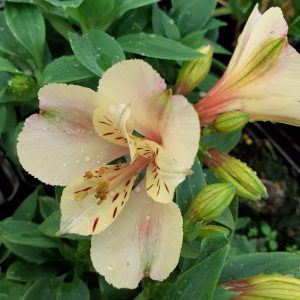
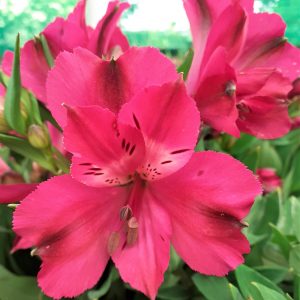
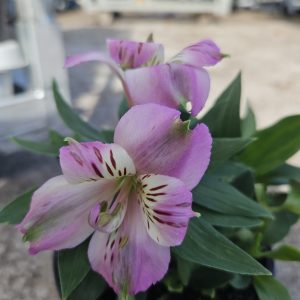
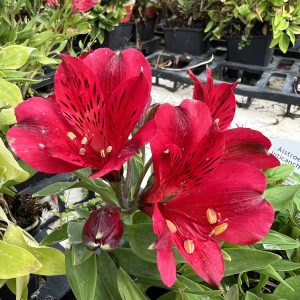
Reviews
There are no reviews yet.